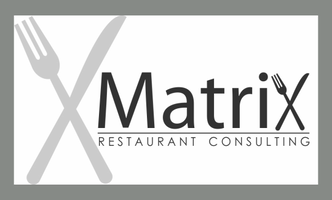|
It may seem like a lifetime ago, but pre-pandemic, I vividly recall being involved in executive meetings and struggling with how much emphasis (if any) we should put on off-premises dining – specifically delivery. Then the pandemic hit and our lives as restauranteurs changed dramatically, delivery became a necessity, and it was often the only option in generating revenue. And as we continue to look at the delivery sector, the statistics on growth and market share are staggering. (I chose not to list these statistics as I think we have all have seen them in some form or another.) But as we came out of strict lock-down and we look at our businesses today, it brings us back to the age-old pre-pandemic question – does delivery make sense for our business? And at what cost – from potentially damaging your brand, to cutting into already slim margins, to the negative environmental impact?
Some of the many arguments – both pre and post pandemic - for NOT focusing on delivery….
#restaurants #restauranttrends2023 #delivery #restaurantdelivery "takeout
0 Comments
|
The Latest Industry News.Restaurant Industry Blog | Archives
March 2024
Restaurant Industry Blog | Categories
All
|
|
|
Matrix Restaurant Consulting | A Full Service Restaurant Consulting Group
Nashville, TN © 2024 Matrix Restaurant Consulting, LLC. All Rights Reserved. |

 RSS Feed
RSS Feed